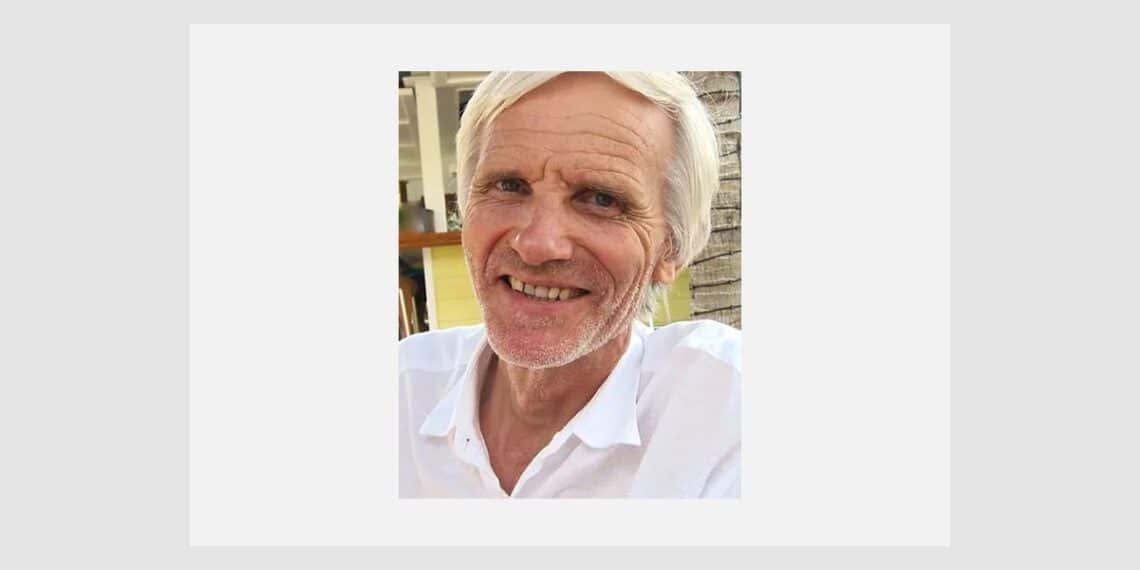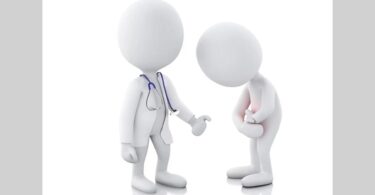Dear Editor,
My thanks to Isaac Golden for his further thoughtful comments on the issue of immunisation within Dr. Hahnemann’s medical system. In response to Isaac’s specific questions, please find my additional comments.
On the issue of terminology, I can only reiterate the remarks I made in response to a more general letter from Isaac on my earlier articles towards a glossary of terms. Precise language is always useful, though it may be strange and confusing to many in the field. Much of the language of a given science is not intelligible to the layman, nor is it intended to be. Once we have a concise terminology of the science of Heilkunst, then we can use more common phrasing to explain matters to the general public, but to ask for terminology that is comprehensible to the public but then inaccurate and misleading does little to advance the science we seek.
Regarding the definition of homeopathy, I would respectfully submit that this is a matter of objective consideration, in particular of Hahnemann’s writings on the matter, not one to be settled by recourse to the demos, or popular vote. Truth and science are not decided on popularity, otherwise they’d be as certain as the shifting sands of the Sahara.
As for the term to be deployed when a nosode or isode is used to procure an immunity or preventative effect, the term I have suggested that is most accurate is homoprophylaxis. This reflects that such use of the specific remedy, the nosode or isode, is not within the concept of the degree of similitude encompassed by “homeo” but that of a higher degree of similitude encompassed by “homo.” Thus, if a remedy for a tonic disease, that is, a disease that has a constant nature or wesen, is used preventatively, such as Scarlatinum for scarlet fever, that should then be termed homoprophylaxis.
However, if a remedy for a pathic disease, that is, a disease that has a variable nature or wesen, is used preventatively, such as Belladonna for scarlet fever, that should then be termed homeoprophylaxis. Now we have a dual terminology that rationally reflects the dual nature of disease and further allows us to see that there are different degrees of immunisation possible.
We could then see that the use of homeoprophylaxis is most congenial during an epidemic when the genus epidemicus is identified, and then, based on the principle of using that which cures to prevent the same disease, given to those not yet infected as a prophylactic measure, as Hahnemann discovered during a scarlet fever outbreak. The use of homoprophylaxis can be employed without an actual epidemic or outbreak, by simply knowing the constant nature disease, such as measles and the corresponding nosode or isode, in this case Morbillinum. These are the acute miasms (see my article on disease terminology in the September issue)
The efficacy of the former will likely differ from that of the latter, as giving Belladonna for scarlet fever treats only for the immediate or most common disease derivative of scarlet fever, that is the variable nature disease that is created by the sporadic or epidemic appearance of the constant nature disease, scarlet fever. Belladonna is the preventative for the Belladonna-like disease, not scarlet fever itself, thus Belladonna may not provide a deeper immunity against scarlet fever, but only one of its derivations at a point in time.
The main issue that Isaac raises is the mechanism of immunity. This is a realm that is somewhat murkier and goes beyond terminology, into a dynamic understanding of chemistry, biology and physics, that is, as it applies in vivo at the energetic level. What we have in conventional medicine is a material understanding that is not capable of explaining the inner dynamics, but only static, mechanical operations at the physical level. For a more dynamic understanding we have to look to anthroposophical medicine, and to the work involving the new genetics (e.g., Bruce Lipton), the new chemistry (e.g., Louis Kervran), and the new physics (e.g., Wilhelm Reich).
What we have in Heilkunst is the knowledge of an artificial disease agent given to otherwise healthy persons, and this is known as a proving or, if Hahnemann had kept to pure German and eschewed Latin terms, an erlebniss, or participation with the life force. We also have the principle laid down by Hahhemann that the agent of cure of a given disease in a person is also the agent of prevention against that same disease in those yet unaffected by that same disease wesen.
Hahnemann clarified that the person doing the proving must be healthy, but that did not mean free of all disease, as they clearly had latent diseases, such as the chronic miasms, but only free of an acute disease or acute flare-up of an underlying chronic miasm. From this it follows logically that some of the proving symptoms in some patients might be curative symptoms, that is, improvements in their underlying state, and the materia medica is replete with such symptoms. Other symptoms would be disease-engendering effects, which effects are then removed as the sustentive power of the life force re-establishes balance as the proving substance disappears after a short time. What remains is a life force that has been strengthened by its encounter with this foreign, new disease agent.
Now, one view of disease that emerges from the dynamic understanding is that all disease is latent in each person, and that a particular disease emerges in a given individual under certain conditions. Thus, disease is not a foreign “thing” that attacks helpless victims, like a mugger in the night, but the awakening into action of a potential within us as human beings that is reflective of the particular state of consciousness we are in.
Dr. Hahnemann identified that each disease has a unique state of mind, or we could say that a given morbid state of mind or consciousness engenders in a given individual affected by it a unique set of alterations in feelings, functions, sensations, behavior, circumstances and occasions, both internal and external, that we can then identify as representing a particular disease wesen. Disease is then a purposive functional response by crude nature to a given defect in our consciousness (ignorance or false beliefs) in an attempt to correct this defect, or at least balance it. However, in the case of protracted, chronic disease, this is not possible and requires the intervention of medicine, the divine art as Hahnemann saw it, the art that can remedy the faults in our consciousness.
The giving of a medicinal agent or wesen to a person who is not otherwise known to be suffering from or affected by the similar disease wesen amounts to a proving, or erlebniss. However, in certain cases, the persons being given the medicinal agent actually do have the disease latent within them, and we could argue in the case of all natural diseases that such disease forms exist in potentia in all of us.
In that sense a proving is an unintended cure, and the use of prophylaxis is actually a different form of curative action. This would explain how the medicinal agent can be both curative and seemingly protective in the case of the similar disease.
In one sense we might argue that all persons have the potential for all diseases known and yet unknown to man residing in them, as a particular of the phenomenon, Man. This explains why a so-called proving is always beneficial. Thus, the prophylactic effect is always a curative action, though of latent disease, not active.
I would agree that the body memory explanation is perhaps not an apt one, and one more borrowed from conventional medicine, but in another sense, as the new biology underscores, the physical, cellular reality reflects the state of mind of the individual, and disease is a state of mind, with each disease having a unique one, as Hahnemann taught us.
Thus, the state of mind of the individual that is altered by the removal of a latent disease or one in potentia also then alters the cellular and humoral biology so that the susceptibility is no longer there. Of course, the removal of a given disease in whatever state may take one dose or several, one potency or a series of them, in order to ensure the complete removal of the disease, depending on its intensity, extent and depth. At the same time, it is important to recognise that if the constant nature (tonic) disease lies beneath the variable nature (pathic) disease being treated, then the immunity is less effective. Homoprophylaxis is generally to be preferred to homeoprophylaxis except where the constant nature disease cannot be discerned.
I accept that much of this is rather new and may still be subject to more reflection, but it does seem to fit the observations made by Dr. Hahnemann and reflect a dynamic understanding of disease.
Sincerely,
Rudi Verspoor
# # #
Rudi Verspoor is Dean and Chair Department of Philosophy Hahnemann College for Heilkunst, Ottawa. He served as the Director of the British Institute of Homeopathy Canada from 1993 to early 2001 and helped to found and is still active in the National United Professional Association of Trained Homeopaths (NUPATH) and the Canadian/International Heilkunst Association (C/IHA).
Part of his time is spent advising the Canadian government on health-care policy and in working for greater acceptance of and access to homeopathy. His publications include:
Homeopathy Renewed, A Sequential Approach to the Treatment of Chronic Illness (with Patty Smith);
A Time for Healing; Homeopathy Re-examined: Beyond the Classical Paradigm (with Steven Decker);
The Dynamic Legacy: Hahnemann from Homeopathy to Heilkunst (with Steven Decker).
Visit his website at http://www.heilkunst.com/
— —




